Image
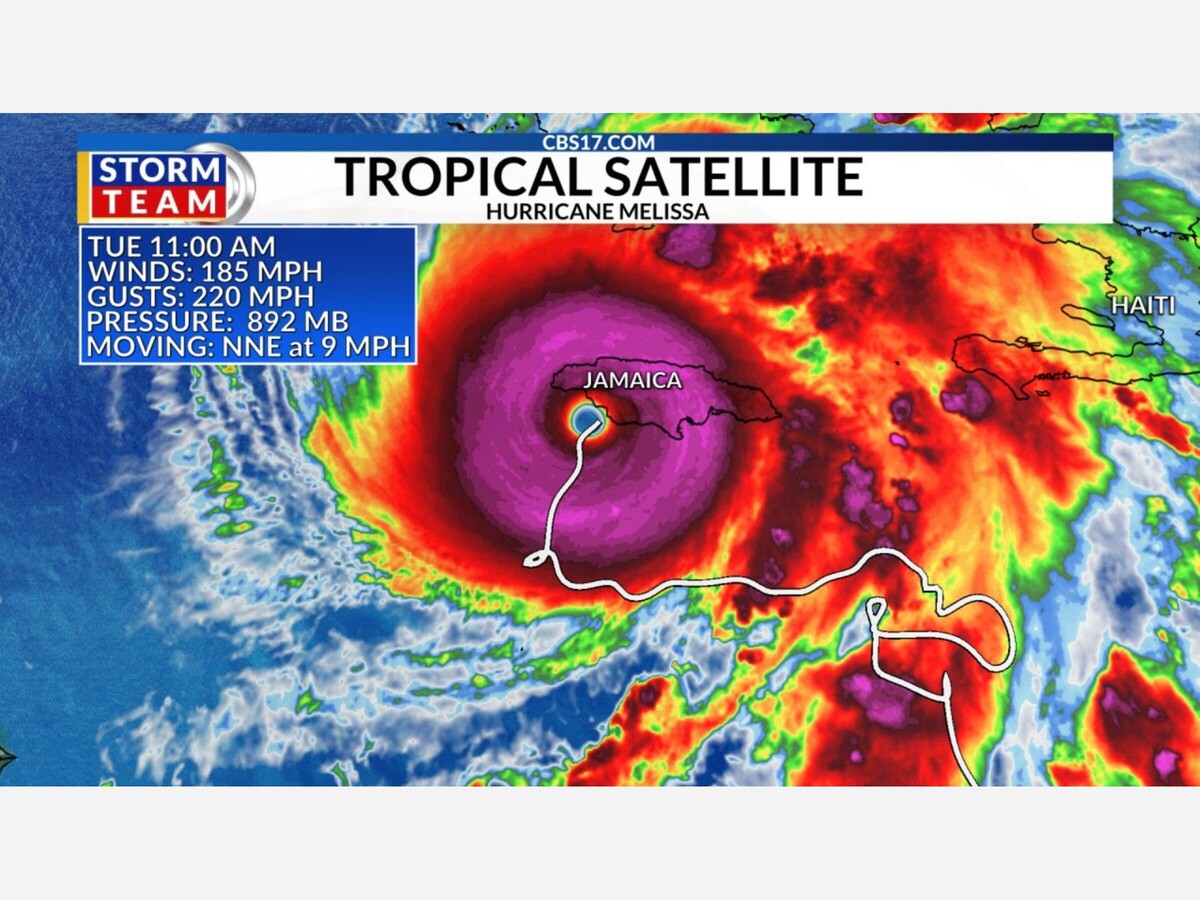

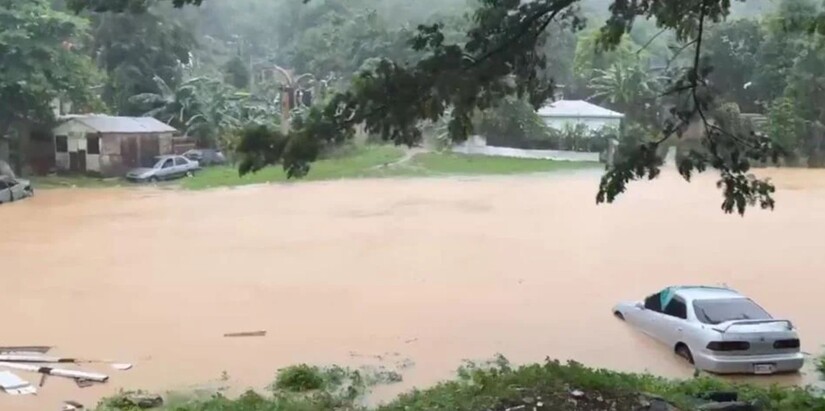
KINGSTON, Jamaica — Hurricane Melissa made landfall on Tuesday, October 28, 2025, unleashing catastrophic Category 5 winds, torrential rains, and historic flooding that left Jamaica reeling. Officials described the storm as one of the most powerful Atlantic hurricanes in recorded history — and the strongest ever to make a direct hit on Jamaica in 174 years of official record-keeping.
According to the U.S. National Hurricane Center (NHC), Melissa roared ashore near New Hope on Jamaica’s southwestern coast with sustained winds of up to 185 mph and a central pressure of around 892 millibars, placing it among the most intense landfalls ever documented in the Atlantic basin.
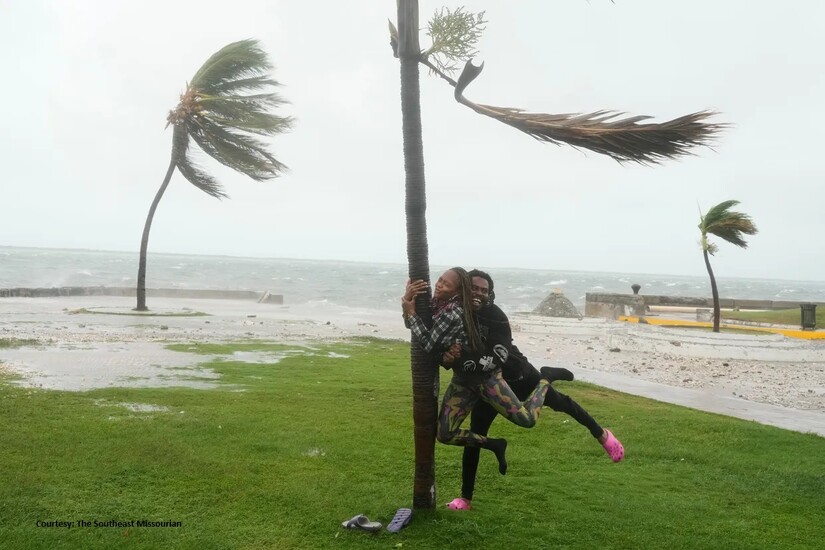
Meteorologists said the storm’s slow movement over abnormally warm Caribbean waters allowed it to expand and intensify rapidly, prolonging its destructive power and dumping staggering rainfall totals across the island.
“This is an unprecedented event for Jamaica — a storm of historic proportions,” said an NHC forecaster in Miami.
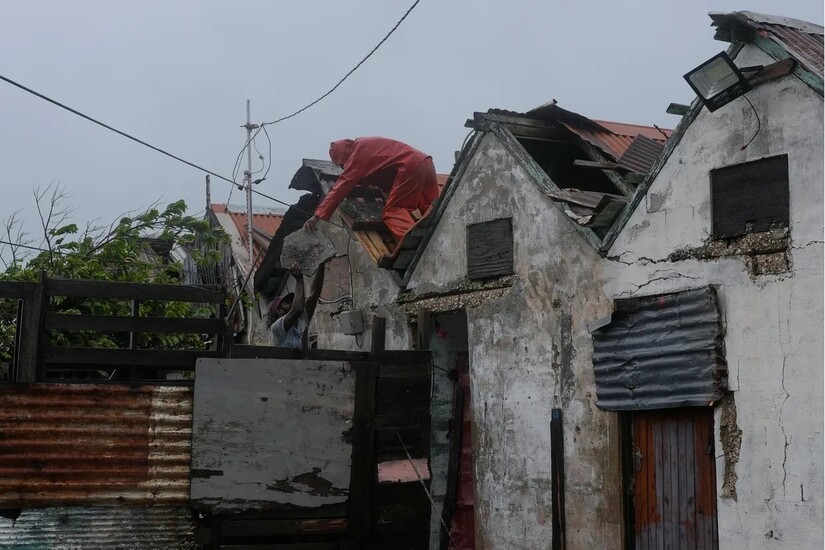
Heavy flooding was reported across southern and western parishes, where entire communities were cut off by washed-out roads and swollen rivers. Wind gusts toppled power lines, shredded roofs, and uprooted decades-old trees.
Preliminary reports from the Office of Disaster Preparedness and Emergency Management (ODPEM) indicated extensive structural failures, including collapsed bridges and damaged hospitals in Clarendon and Manchester.
At least seven deaths have been attributed to the hurricane across the Caribbean — three in Jamaica, three in Haiti, and one in the Dominican Republic, according to The Associated Press. Many more remain missing as rescue teams struggle to reach isolated communities.
Jamaica’s power and communication networks suffered near-total collapse. The Jamaica Public Service Company reported that more than 240,000 customers were without electricity even before landfall, and nearly 25 percent of the national telecommunications system went offline as the storm advanced.
The storm surge, forecast to reach up to 13 feet (4 meters) along the southern coastline, inundated parts of Kingston’s waterfront, damaging port facilities and nearby hospitals.
Prime Minister Andrew Holness declared a nationwide state of emergency late Monday, warning residents to evacuate coastal and flood-prone zones before conditions deteriorated.
“There is no infrastructure in the region that can withstand a Category 5 hurricane,” Holness said in a televised address. “Our priority now is survival — and the speed of recovery once it is safe to begin.”
Roughly 6,000 residents sought refuge in emergency shelters, though officials fear many ignored evacuation orders, especially in rural communities where roads became impassable early Tuesday morning.
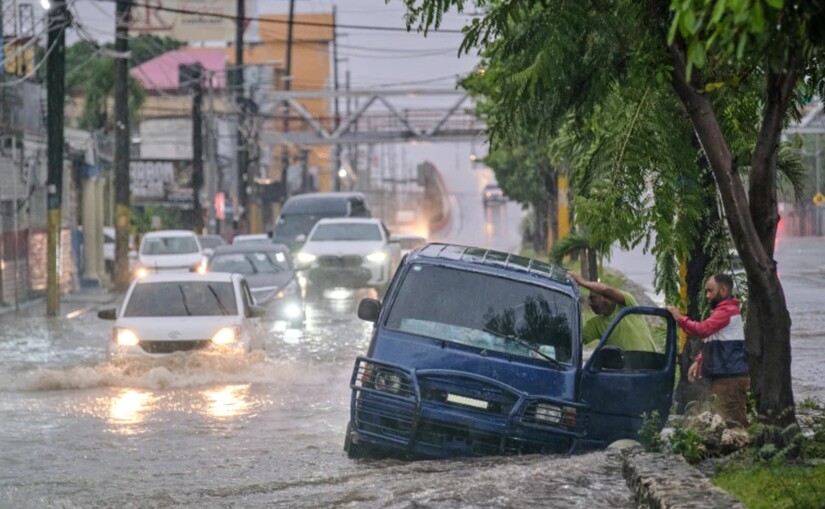
Meteorologists warned of torrential rainfall exceeding 30 to 40 inches in mountainous regions, triggering flash floods and landslides that swept away homes and vehicles.
The National Works Agency confirmed numerous road closures due to mudslides and debris, particularly along the A2 corridor between Savanna-la-Mar and Mandeville. Emergency crews were on standby to reopen key routes once winds subside.
Melissa is forecast to continue northwest, passing over eastern Cuba before threatening the Bahamas and Turks and Caicos Islands later in the week. Regional disaster agencies have been placed on high alert, and the Caribbean Disaster Emergency Management Agency (CDEMA) is coordinating relief efforts with international partners.
The World Meteorological Organization (WMO) called Melissa Jamaica’s strongest hurricane in modern history, warning that rapid intensification events like this are becoming more frequent due to record-warm ocean temperatures.
The Financial Times reported that Jamaica’s catastrophe bond, structured through the World Bank, is likely to trigger a US $150 million payout, providing the government with immediate liquidity for disaster response and recovery.
With communications still patchy and transportation networks crippled, rescue operations remain limited to safer zones. Relief agencies are mobilizing food, water, and medical supplies to affected areas.
Prime Minister Holness urged patience and unity:
“We will rebuild stronger — but right now, we must focus on saving lives. Jamaica has faced adversity before, and we will rise again.”